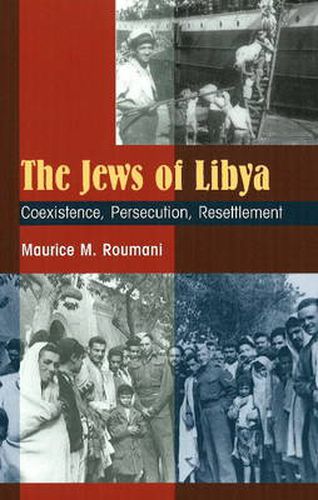Readings Newsletter
Become a Readings Member to make your shopping experience even easier.
Sign in or sign up for free!
You’re not far away from qualifying for FREE standard shipping within Australia
You’ve qualified for FREE standard shipping within Australia
The cart is loading…






This book investigates the transformative period in the history of the Jews of Libya (1938-52), a period crucial to understanding Libyan Jewry’s evolution into a community playing significant roles in Israel, Italy and in relation with Qaddhafi’s Libya. Against a background of a reform conscious Ottoman administration (1835-1911) and subsequent stirrings of modernisation under Italian colonial influence (1911-43), the Jews of Libya began to experience rapid change following the application of fascist racial laws of 1938, the onset of war-related calamities and violent expressions of Libyan pan-Arabism, culminating in mass migration to Israel in the period 1949-52. By focusing on key socio-economic and political dimensions of this process, the author reveals the capacity of Libyan Jewry to adapt to and integrate into new environments without losing its unique and historical traditions.
$9.00 standard shipping within Australia
FREE standard shipping within Australia for orders over $100.00
Express & International shipping calculated at checkout
This book investigates the transformative period in the history of the Jews of Libya (1938-52), a period crucial to understanding Libyan Jewry’s evolution into a community playing significant roles in Israel, Italy and in relation with Qaddhafi’s Libya. Against a background of a reform conscious Ottoman administration (1835-1911) and subsequent stirrings of modernisation under Italian colonial influence (1911-43), the Jews of Libya began to experience rapid change following the application of fascist racial laws of 1938, the onset of war-related calamities and violent expressions of Libyan pan-Arabism, culminating in mass migration to Israel in the period 1949-52. By focusing on key socio-economic and political dimensions of this process, the author reveals the capacity of Libyan Jewry to adapt to and integrate into new environments without losing its unique and historical traditions.